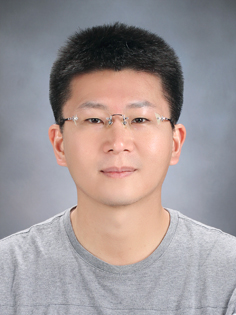
Research Fellow, Center for Cognition and Sociality, IBS
Professor, IBS Campus, UST
joon@ibs.re.kr
| 2008 | PhD in Brain, Behavior, and Cognition Program, Northwestern University, USA |
| 2010 | Postdoctoral fellow, Center for Neural Science, NYU, USA |
| 2014 | Postdoctoral fellow, Smith-Kettlewell Eye Research Institute, San Francisco, USA |
| 2014 | Tenure-track Research Fellow, IBS, Republic of Korea (-present) |
Neural basis of statistical perception and perceptual experience
In order for us to effectively navigate the world, it is essential that our perceptual system rapidly distils a vast amount of sensory data into a compact representation that captures important image structure. Growing evidence shows that perceptual systems summarize complex dynamic sensory signals with their central tendency such as mean, variance and distribution by exploiting statistical regularities of sensory signals over space or time. Also at higher cognitive processing level, our minds can learn concepts, acquire language, and grasp causal relations by making strong generalizations and constructing powerful abstractions. How does abstract knowledge guide learning and understanding? What forms does abstract knowledge take across different cognitive tasks? How do we acquire abstract knowledge?
Our research aims at better understanding how our brain represents the abstract information covering from statistical summary of sensory signals to semantics, which ultimately defines our experience of the world. As statistical summary representation is the starting point of the abstraction process at the perceptual level, we are interested in cracking brain’s code underlying statistical summary representation that has been suggested to evoke a coarse but vivid impression of the rich surroundings with a single glance. This will also further our understanding of the abstraction ability, the most unique element of human general intelligence. We deploy multiple techniques ranging from behavioral methods such as psychophysics and eye tracking to brain imaging techniques such ECoG, EEG, and MRI. In order to better understand how various perceptual, cognitive, and conscious processes unfold in time, we also use machine learning techniques to probe the spatiotemporal pattern dynamics of brain imaging data.
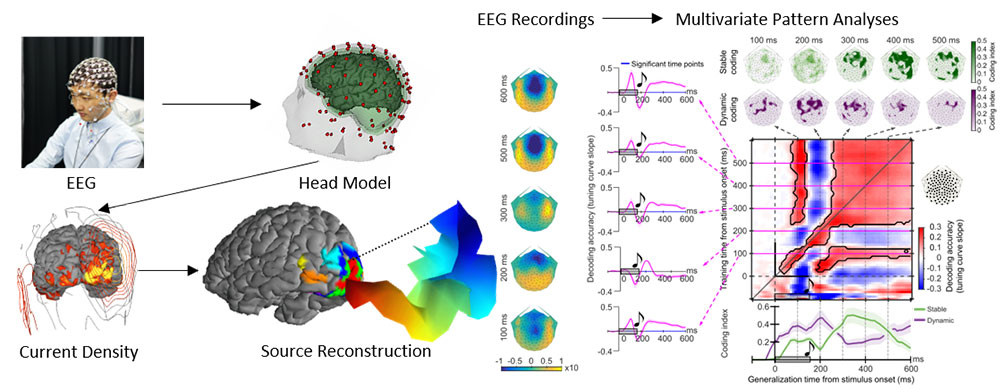
▲ Spatiotemporal pattern dynamics
Oh et al. (2019). Ensemble representations reveal distinct neural coding of visual working memory, Nature Communications, 10, 5665
Kim et al. (2017). Attention to multiple objects facilitates their integration in prefrontal and parietal cortex. Journal of Neuroscience, 37(19), 4942-4953
Kim & Verghese (2014). The influence of segmentation and uncertainty on target selection. Journal of Vision, 14(3):3, 1-11.
Kim & Verghese (2012). The selectivity of task-dependent attention varies with surrounding context. Journal of Neuroscience, 32(35), 12180-12191.
Kim et al. (2007). Visual spatial attention induces synchronization-based response gain in steady-state visual evoked potentials. Nature Neuroscience, 10(1), 117-125.
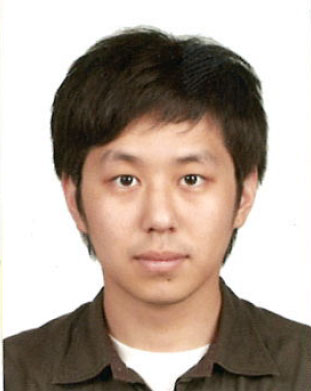
Senior Researcher
yblee85@ibs.re.kr

Senior Researcher
oliver@ibs.re.kr
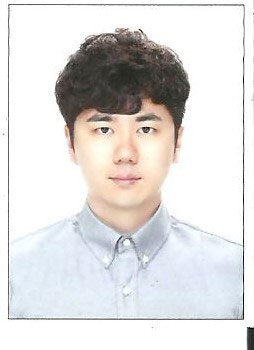
Researcher
ylkim1947@ibs.re.kr
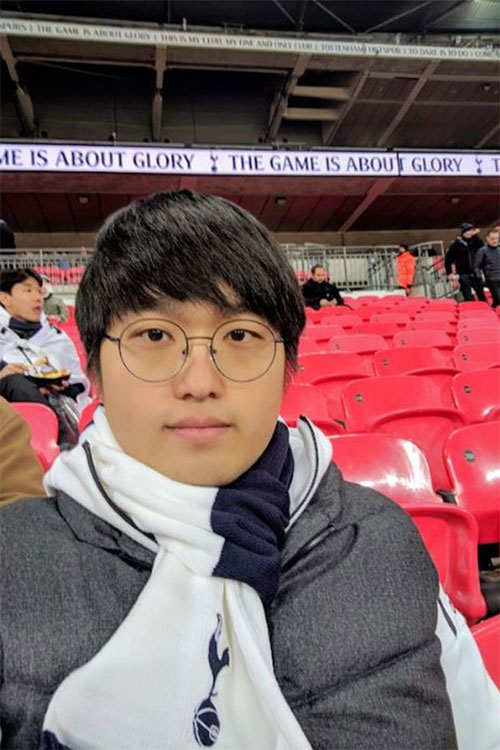
Graduate Student
jinwook.kim31@kaist.ac.kr
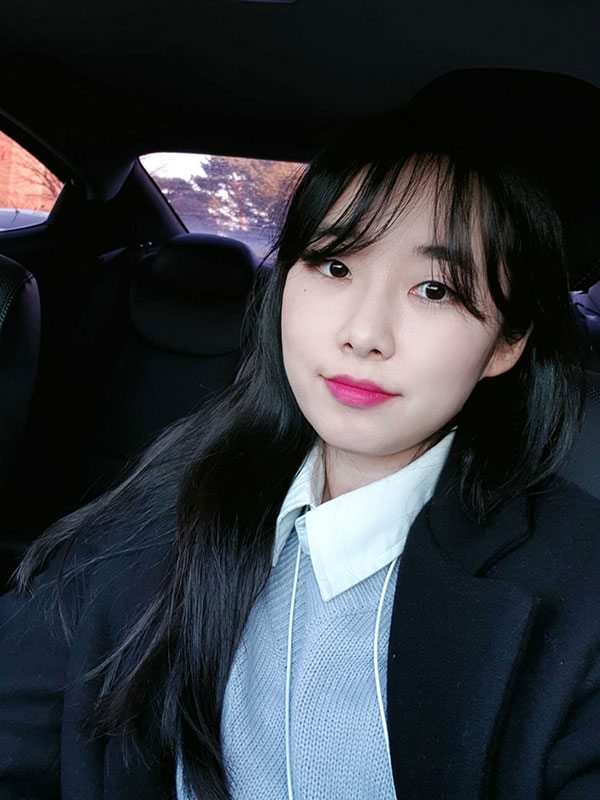
Student
zllnhk3472@naver.com